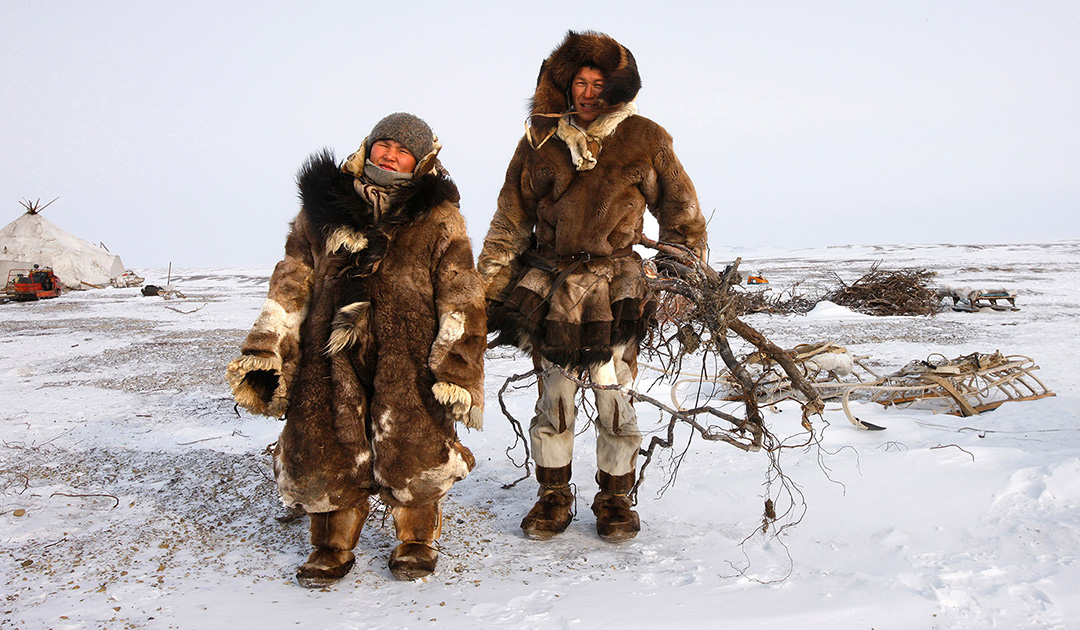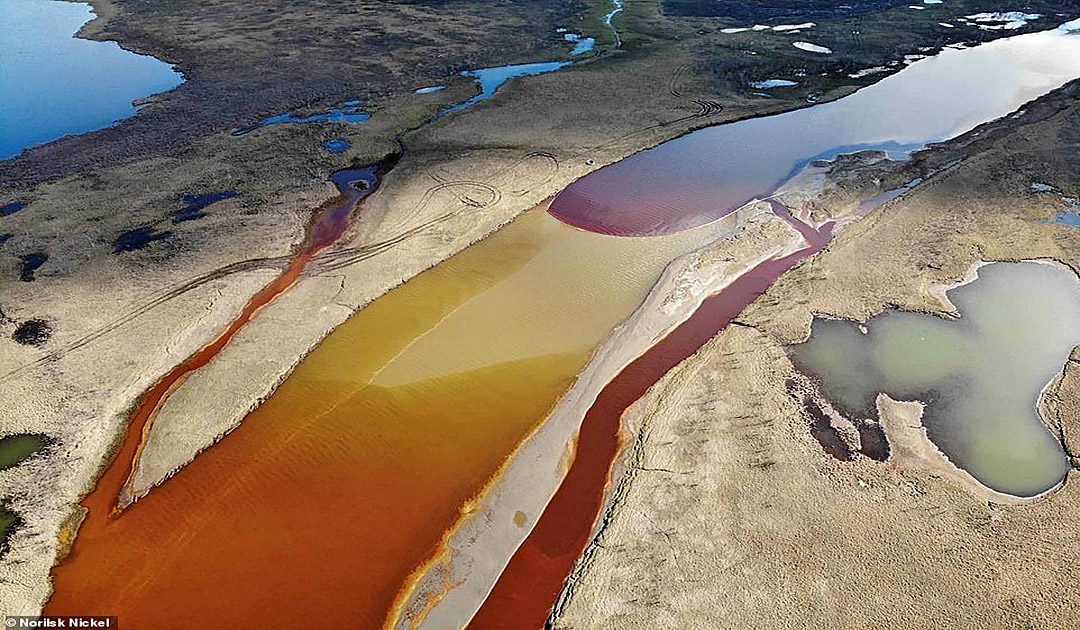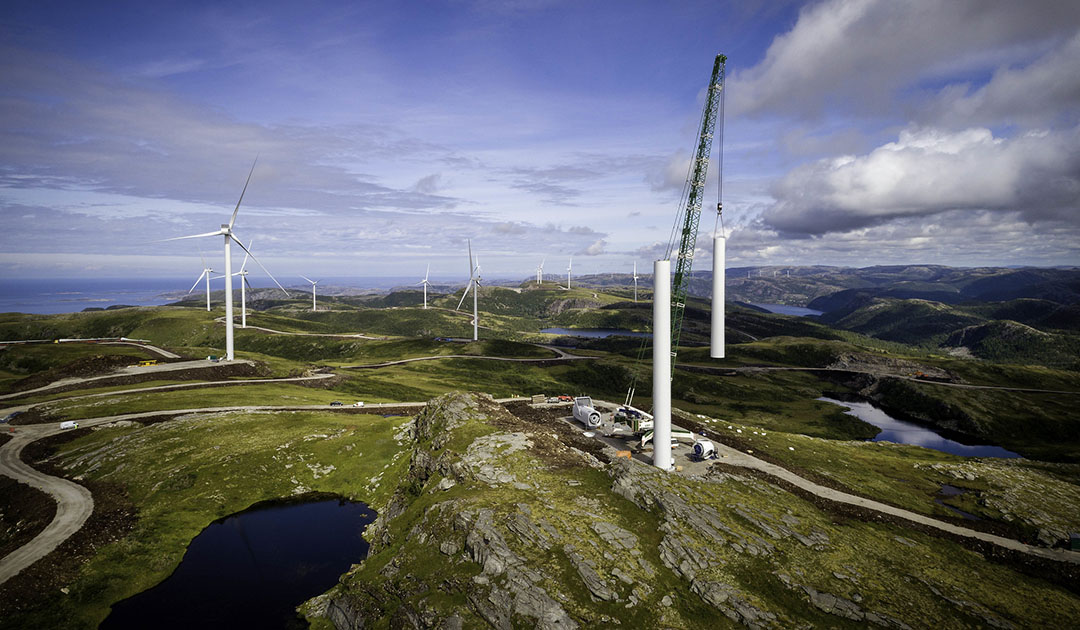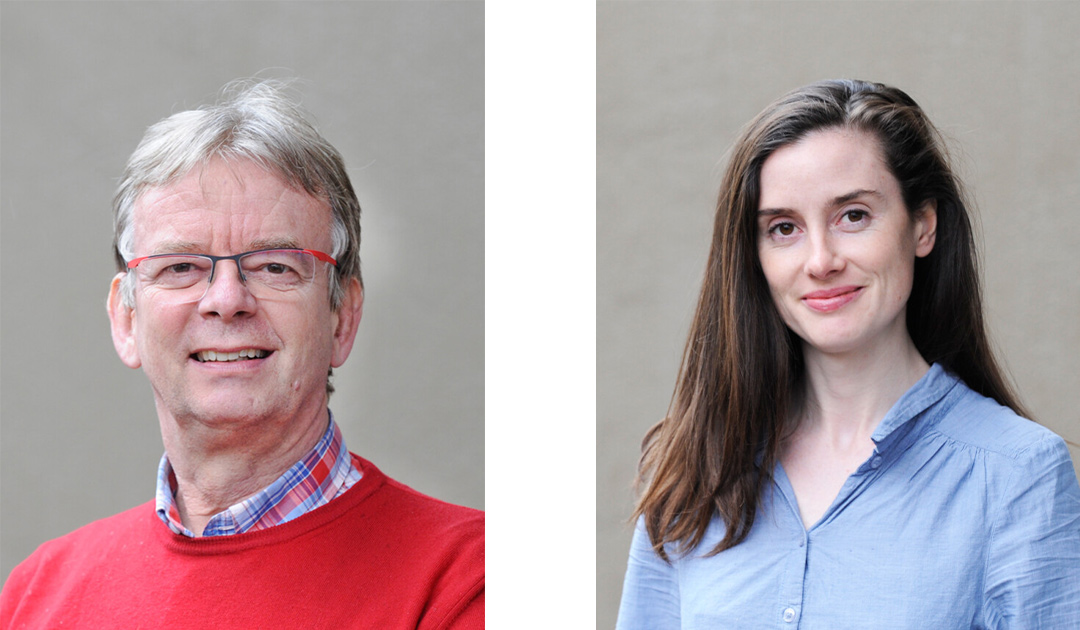
Indigenous peoples account for only five percent of the world’s population, but they protect 80 percent of the world’s remaining biodiversity. For decades, they have been ignored or insufficiently listened to at global conferences, including past climate summits. It was not until the 2015 Paris Climate Agreement that the need to strengthen the practices and efforts of local communities and indigenous peoples in the context of addressing climate change was recognized. And at COP26 in Glasgow, representatives of indigenous peoples are presenting themselves more powerful than ever – because their livelihoods are increasingly being destroyed.
A side event was “Indigenous people’s rights and climate change in the Arctic,” held online Wednesday via the Geneva Cryosphere Hub.
The online event, hosted by the Society for Threatened Peoples Switzerland (STP) and moderated by its co-director Christoph Wiedmer, featured Rodion Sulyandziga, director of the Center for the Support of Indigenous Peoples of the North and member of the United Nations Panel of Experts on the Rights of Indigenous Peoples, and Tabea Willi, campaign director of the STP. They spoke about the difficulties many indigenous communities in the Arctic face due to climate change and how even actually sustainable projects in the far north designed to reduce emissions are harming indigenous peoples’ way of life.
Rodion Sulyandziga, who belongs to the Udege people and is also a member of the Local Communities and Indigenous Peoples Platform (LCIPP) working group under the UN Framework Convention on Climate Change (UNFCCC), started by expressing his delight that there is currently more talk about the environment, the climate crisis and human rights than ever before in order to find the right and appropriate solutions. He also spoke about how the development of the indigenous movement grew from climate summit to climate summit and was able to slowly make its voice heard. After years of struggle and difficult lobbying, the representatives of indigenous peoples finally achieved their most important success in Paris in 2015 with the recognition of their rights and the consideration of their traditional knowledge enshrined in the agreement.

Following the Paris achievements, the LCIPP (Local Communities and Indigenous Peoples Platform) “has been established to strengthen the knowledge, technologies, practices, and efforts of local communities and indigenous peoples related to addressing and responding to climate change, to facilitate the exchange of experience and the sharing of best practices and lessons learned on mitigation and adaptation in a holistic and integrated manner and to enhance the engagement of local communities and indigenous peoples in the UNFCCC process.”
In his second presentation, Rodion Sulyandziga addressed how climate change can be humanized, i.e. how adaptation can take place without violating the rights of indigenous peoples. For him, this is the most important mission next to the challenge of curbing climate change. One approach, in his view, would be to stop portraying the Arctic as a kind of “dead zone” where there is only cold and iconic animals like the polar bear, as is often reflected in the mass media. Rather, the Arctic has been the territory of people with a living history for centuries. He stresses that indigenous peoples want to create an understanding in the rest of the world for the First Nations of the Arctic, who live in harmony with the environment and are already experiencing serious climate changes.
“Indigenous peoples must be part of the solution to climate change. This is because you have the traditional knowledge of your ancestors. The important value of that knowledge simply cannot—and must not—be understated. You are also essential in finding solutions today and in the future. The Paris Climate Change Agreement recognizes this. It recognizes your role in building a world that is resilient in the face of climate impacts.”
Patricia Espinosa, Executive Secretary of the UNFCCC
In the Russian Arctic, however, the road to humanization is still very long. As Rodion Sulyandziga put it, the Russian government is obsessed with the Arctic and its hidden resources of oil, gas and diamonds. The rights of the numerous indigenous communities in Russia’s north are given little or no consideration in view of the enormous profits to be expected from the development of new mining areas. Added to this is the touting of the Northeast Passage around the world and the subsequent increase in shipping traffic, which further threatens the lifestyle of indigenous communities, biodiversity and the environment.
There is no legal framework on how to compensate indigenous communities when they lose their land, when waters are poisoned (as in 2020 in Norilsk by the Nornickel corporation) and thus their food becomes inedible, or when their development is hindered.
At no time do they have a say in development measures, are not consulted and can only passively observe. Instead, they are offered questionable compensation, as Rodion Sulyandziga reports.

The list of planned projects in the Russian Arctic is long, many of which are to be implemented on the territory of various indigenous communities. For Rodion Sulyandziga there is only one solution to this conflict: balance! He says development is important for everyone, but how it’s done is critical. Therefore, he calls for respect for human rights and access to land and food for indigenous peoples. This is why he and all the other representatives of the different peoples travelled to the climate conference for, he said.
In the second part of the event, Tabea Willi reported on “green economy” projects designed to mitigate climate change, but which have shown no regard for the rights of the Sami, who are the only recognized indigenous people in Europe, with communities in Sweden, Norway, Finland and Russia. Only ten percent of them are still traditional reindeer herders and as such are highly endangered.
According to Tabea Willi, the planning and construction of two wind farms in Norway in an area used by the reindeer of the Sami as winter pastures was particularly brazen. Although after complaints by the Sami, who fought against the projects at all levels, the courts had not yet finally decided on their implementation, both wind farms with over 150 wind turbines were built. It was only after the event, in October this year, that Norway’s Supreme Court ruled that the wind turbines are harming Sami reindeer herders. The Sami community of Åerjel Njaarke Sijte, for example, lost 44 per cent of its winter pastures because the reindeer now avoid the area with the wind turbines.

For the Sami, it feels like history repeating, only this time as “green colonialism” with the justification that the projects generate renewable energy, as Tabea Willi reflects. If the Sami owned the land instead of just having a right to use it, they would probably have it much easier, but as it is, they are passed over in decision-making processes without any possibility of influence and not included in impact assessments.
In the case of the Fosen Vind wind farm, in which the Swiss energy company BKW and Credit Suisse are also involved, even the UN Committee on the Elimination of All Forms of Racial Discrimination called on the Norwegian government to halt the project until there is an agreement. There was no response from the government, nor did the two Swiss companies fulfil their human rights due diligence obligations and let the project continue.
The STP was later able to put pressure on BKW to reach an agreement for future projects which includes the protection of the rights of indigenous communities and the improvement of due diligence.
What will happen to the two wind farms after the current ruling is still completely unclear. It is possible that the installations will have to be dismantled again. In any case, this ruling could be groundbreaking for future projects, such as the planned copper mining by the Norwegian company Nussir, also on Sami territory. The mine would operateCO2-neutrally and supply important raw materials for the expansion of electric mobility, but the social component was completely neglected. Mining is to take place on the grazing land of 8,000 reindeer, and there are also plans to discharge two million tons of toxic mine tailings per year into the Repparfjord, an endangered salmon area, Tabea Willi said. Again, there were no talks with the Sami, who are protesting the project and filing lawsuits. Following the wind farm ruling, it is currently unclear whether the mine will be realised. Credit Suisse was also involved in this project, but returned its shares to Nussir in response to public pressure.

Tabea Willi further reports that Credit Suisse, like UBS, is one of the ten largest investors in Nornickel, which is responsible for massive environmental pollution on the Taymyr Peninsula and human rights violations. In the case of Nornickel, the STP also advocates the introduction of minimum standards, such as the consultation of indigenous communities during the planning phase of projects and the avoidance of environmental destruction or the repair of existing environmental damage.
Finally, Tabea Willi reports that, according to the World Bank, mining of so-called transition minerals could increase by 500 percent by 2050 to meet the huge demand for clean technologies. Mandatory human rights due diligence and other measures at the global level, including in the new “green economy”, should be a solution to protect indigenous communities in the face of increasing human rights violations, not only in the global South, says Tabea Willi.
The event impressively illustrated the serious problems faced by indigenous peoples in the Arctic, who are not responsible for the climate crisis at all. But the presence and strength that they and other peoples of the world have now achieved on the international stage, not least thanks to organizations such as the Society for Threatened Peoples Switzerland, gives hope for a better and more peaceful future for them, not only in harmony with nature but also with the so-called “civilized” world.
Julia Hager, PolarJournal
Link to the Society for Threatened Peoples Switzerland: https://www.gfbv.ch/de/





